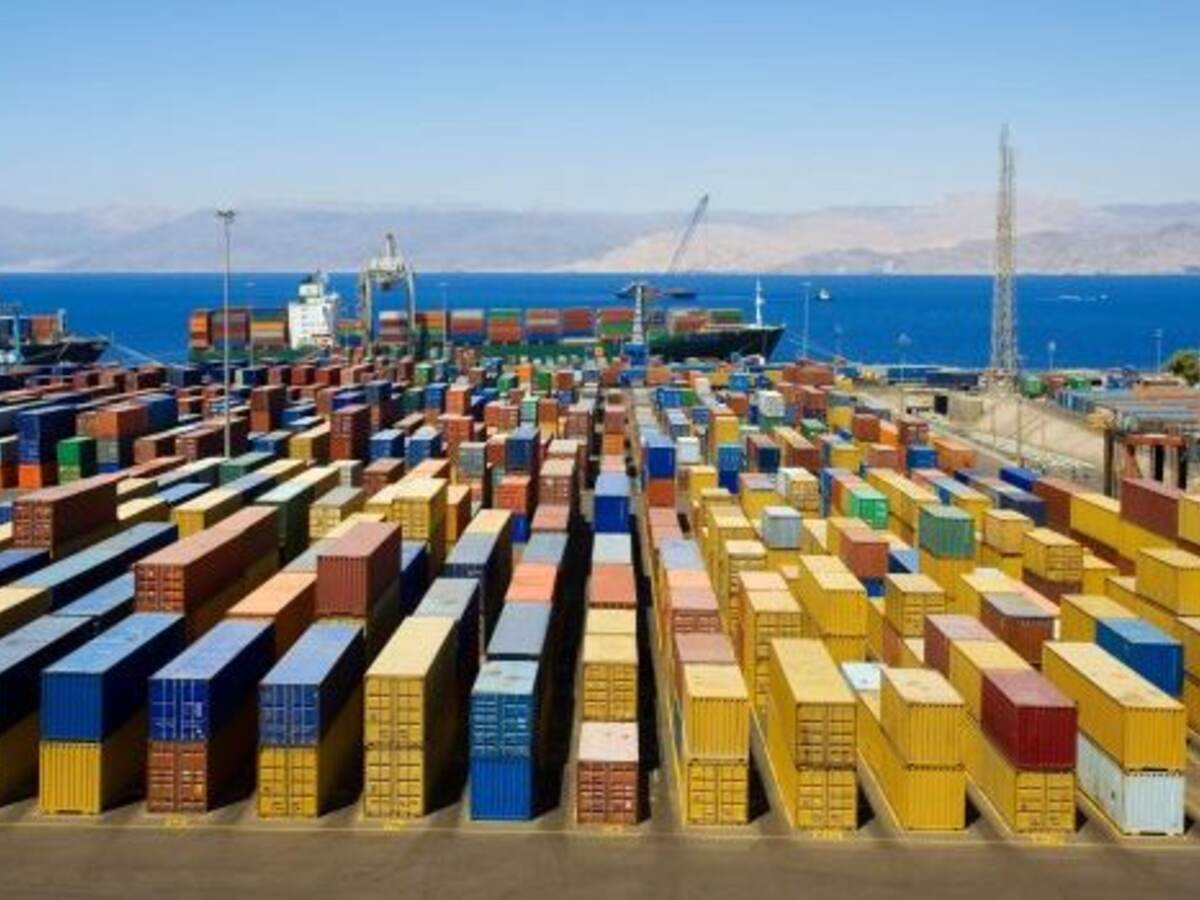September 13, 2016
From consumers and companies to governments and NGOs, demands for supply chain transparency have increased in recent years, requiring all involved to disclose more details about their safety, environmental and ethical procedures. New technologies and increased availability to information have made this shift possible.
Within the supply chain: Consumers are putting increased pressure on retailers by choosing products that are transparent with their ingredients. This encourages retailers to challenge manufacturers to become more transparent about their product make-up. Manufacturers then expect their suppliers to provide full details on the origins and authenticity of their raw materials. As a result, suppliers, in particular, face growing reporting requests.
Let’s take the example of a petroleum jelly supplier. This supplier provides ingredient information to a number of cosmetic, healthcare and mechanical manufacturers around the globe. Because of the increased demand for information, multiple manufacturers will request details on the same raw ingredients, systems used, the talent employed, the resources consumed, the waste produced, materials recycled and more. This can leave the supplier with hundreds of product inquiries and thousands of documents or spreadsheets to fill out in a single 30-day period.
How can suppliers possibly keep up?
Historically, manufacturers had challenges capturing and analyzing data from external suppliers. In fact, a 2014 report detailed that while most companies have social and environmental systems in place for internal operations, less than a third have similar processes to monitor the practices of their supplier network. But new technologies introduced in recent years have opened the data flood gates, providing manufacturers with a virtually endless scroll of information on supplier resources.
The WERCSmart® Platform is a technology that the largest U.S. retailers can rely on to get supplier data. By collecting a product’s basic chemical and formulation information directly from more than 10,000 suppliers’ worldwide, the WERCSmart Platform, through automation and subject matter experts, derives and produces more than 600 data points on sustainability, safety, health, and regulatory compliance, which is then available to all participating retailers. Each retailer may take different subsets of the standard available data points. This data assists in the retailers’ merchandizing, compliance, transportation, and logistics operations and also enables a supplier to provide information at one data entry point. Everybody wins.
While the WERCSmart Platform streamlines work flow for suppliers, UL recently introduced the Supply Chain Network (SCN) as a complement. Built on the WERCSmart Platform, SCN provides suppliers with answers to common sustainability questions and the ability to submit information to multiple manufacturers simultaneously. This makes the process even easier for suppliers – saving them time and resources for routine transparency reporting.
“There are many moments in time for supplier data collection and evaluation, but it’s better to start reviewing it during the R&D process,” said Adam Sawyer, Director of Strategic Initiatives and Product Management with UL Chemicals & Formulated Products. “Before a product can go to the shelf, there are dozens of compliance needs that must be met. By working with potential suppliers early on to collect sustainability information, manufacturers can save themselves and their supplier’s time and resources, and bring their products to market sooner.”

